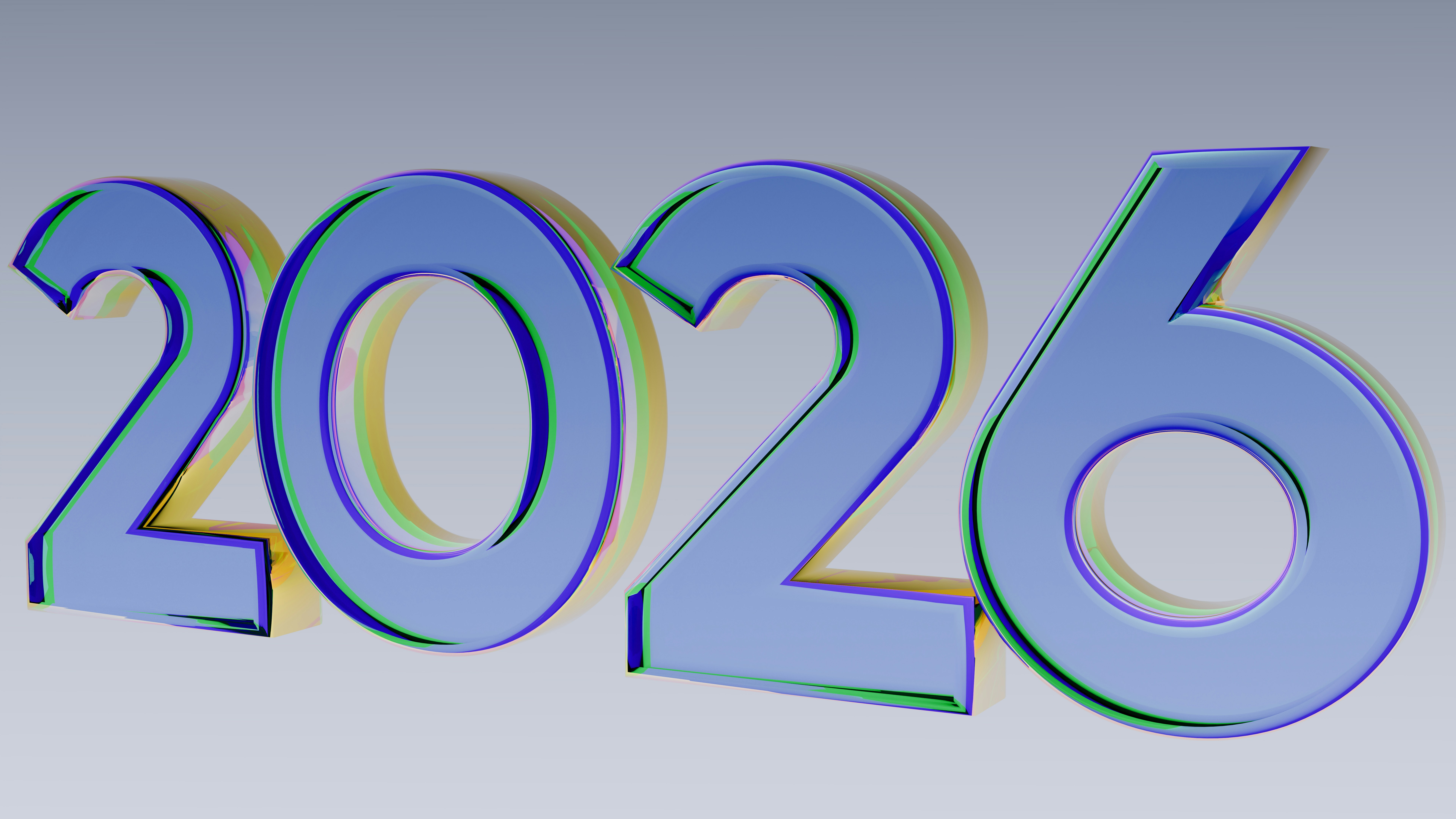
Space Sector Hiring Trends 2026: What to Watch Out For (For Job Seekers & Recruiters)
The UK space sector is no longer a niche curiosity. It is now a strategic industry worth billions, employing tens of thousands of people across nearly 2,000 organisations – and it has been growing faster than the wider UK economy for years. At the same time, employers report serious skills shortages, especially in software, data and systems engineering, with recruitment and retention now cited as key barriers to growth. For job seekers, this is encouraging – but it does not mean every space application is an easy win. For recruiters, competing for talent with tech, defence, energy and finance is only getting harder. This article, written for www.ukspacejobs.co.uk , explores the space sector hiring trends to watch in 2026, aimed at both: Job seekers searching for terms like “space jobs in the UK”, “satellite jobs UK”, or “space engineer roles”; and Recruiters and hiring managers interested in “space sector hiring trends” and “space recruitment UK”.

